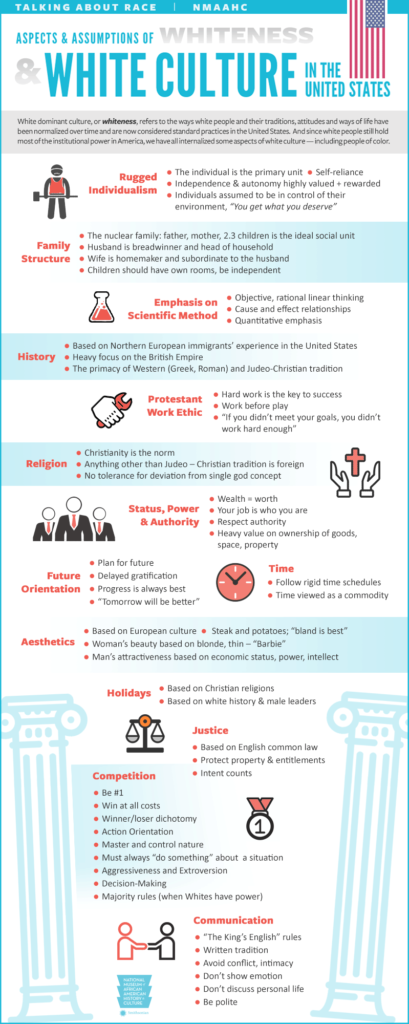Senator Ted Cruz Invites Eric Weinstein to Diagnose the United States
It is critically important for you to watch this one-hour video, "The Verdict," Hosted by Senator Ted Cruz. If you are thinking "Why the fuck would I want to see any show hosted by Ted Cruz, you are a big part of the problem, because on this show (released July 23) Cruz has reached far from his comfort zone, inviting Eric Weinstein as a guest. If you are worried about the future of the United States, I guarantee that you have an hour for this.
I follow Eric Weinstein on Twitter and on the "Dark Web" because he is consistently brilliant. I found this video on Weinstein's Twitter feed. I didn't quite know what to expect if you put Eric in the same room as Ted Cruz, but it was riveting, and I respect Cruz for giving Weinstein lots of space to present ideas that are highly critical of both the left and the right. The resulting conversation was not out of any typical political playbook and it offers promising new ways to conceptualize intransigent national conundrums.
Topics included the abject failure of both political parties. The rise of the Maoists on the Left. The fact that the moderates of the two dominant parties need to jettison their extremes and come together. "WTF happened in 1971?" The fact that "rent-seeking" (the practice by which the source of one's wealth is non-productive) has destroyed national growth; the resulting economic stress is exposing social pathogens that have always been around, but they are now more visible. The modern media as Shakespeare's character of Iago, poisoning our national dialogue at every turn. "Russell Conjugations" (referencing Bertrand Russell). Our failure to practice "Critical Feelings" (as opposed to critical thinking) ("Most of our feelings are not OUR feelings, but feelings that we inherit through daily programming, convincing us that those people that think differently than us are evil." The failures of universities. The lies about immigration that are a cover-up to a scheme to exchange citizenship for free university labor. That a successful national response to COVID-19 should have been a "layup," and what this failure says about us (our entire leadership class of both parties is "unworkable").
[Ted Cruz]: How do we get from Othello to midsummer night's dream?
[Eric Weinstein]:
The key issue is that we have to start talking about our own failures. What I hope you've heard is that I'm willing to call out the Left, the right, and the libertarian. The libertarian problem is that it doesn't work to pretend that we're all atomistic. We see that with respect to contagion and masks and the like. Arnold Kling has this beautiful description. He says that you have three Groups: progressives conservatives and Libertarians. Libertarians are animated principally by hating coercion, progressives are animated principally by hating oppression, and conservatives are principally animated by needless loss of hard-won traditions and gains over past generations. The answer is that any sensible person should want to make sure that they're optimizing among the three, and not to become part of a simplistic situation whereby they so hate coercion or so hate oppression that they lose sight of the entire picture and therefore lose the plot of the American Project.


